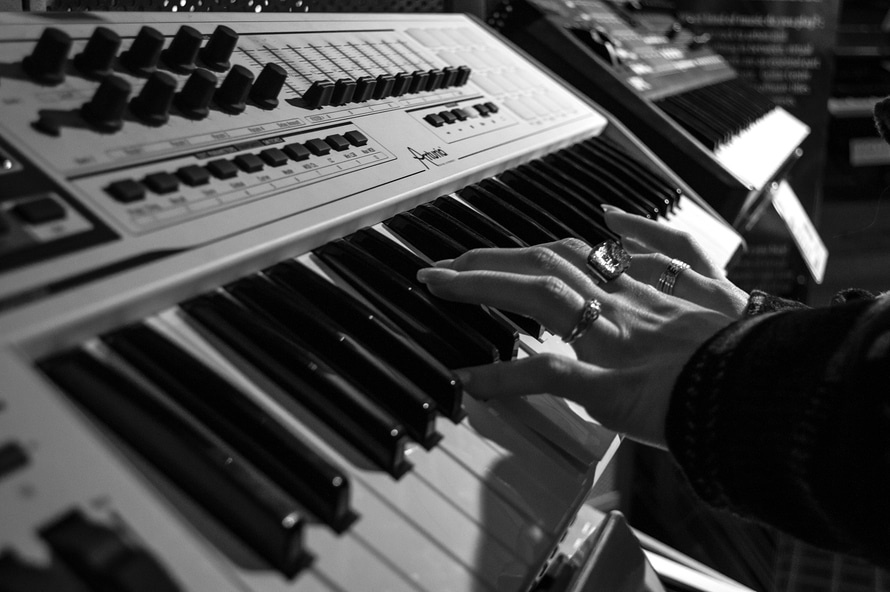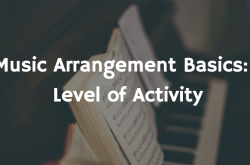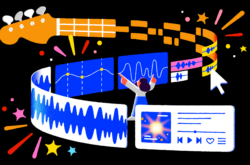In this six week series on arranging, we aim to help break down arrangement to six simple elements that we hope you can apply to your productions. These blogposts are meant to be short, simple and easy to digest with an average reading time of 5 minutes or less for the average producer who has not had any formal music education.
Here are the topics that we are going to cover over the next 6 weeks:
Articulation
1. What is Articulation?

- Articulation specifies how individual notes are to be played or performed.
- In the classical world, there are four main types of articulation.
- Staccato: This means the note is to be played shorter than its duration.
- Tenuto: This means the note is held for its full value. Think of it as “leaning” into a note.
- Accent: This means that a note is to be played percussively – louder, with a strong attack.
- Marcato: This means the note has to be played even louder and harder. Usually used when a band stops right before a break.
2. Articulation & Music Arrangement
You may be wondering why and how articulation would help in producing and arranging music. Although it is not necessary to think of articulation in terms of its “classical” sense, it’s worth having knowledge about it and here’s why:
- Articulation will help with dynamics in your arrangement.
- Changing the ADSR and velocity parameters of a synth patch or drum hit, can add that extra bit of detail that your arrangement is lacking.
- Articulation is the foundation of the groove and vibe of a song. Playing a note hard or soft, holding it longer or shorter, all messes with the groove. Choosing the right kind of articulation for different rhythm and melodic patterns can steer your arrangement closer to where you vision it to be.
3. Practical Applications

- Mess around with velocity and note length controls when creating melodies and beats. Articulating certain notes over others can give off different feels to your song.
- Listen to songs that you like and take note of how the notes of different instruments are articulated. Use that as inspiration for your music arrangement process.
- Articulations help instruments appear closer or further away in an arrangement. Play around with different articulations and see how they get positioned in the sonic space.
Splice offers unlimited backups, version control, and a whole community of producers sharing their work for free. We support Logic X, Garageband, FL Studio and Ableton Live. To get started, sign up here!
May 9, 2016



